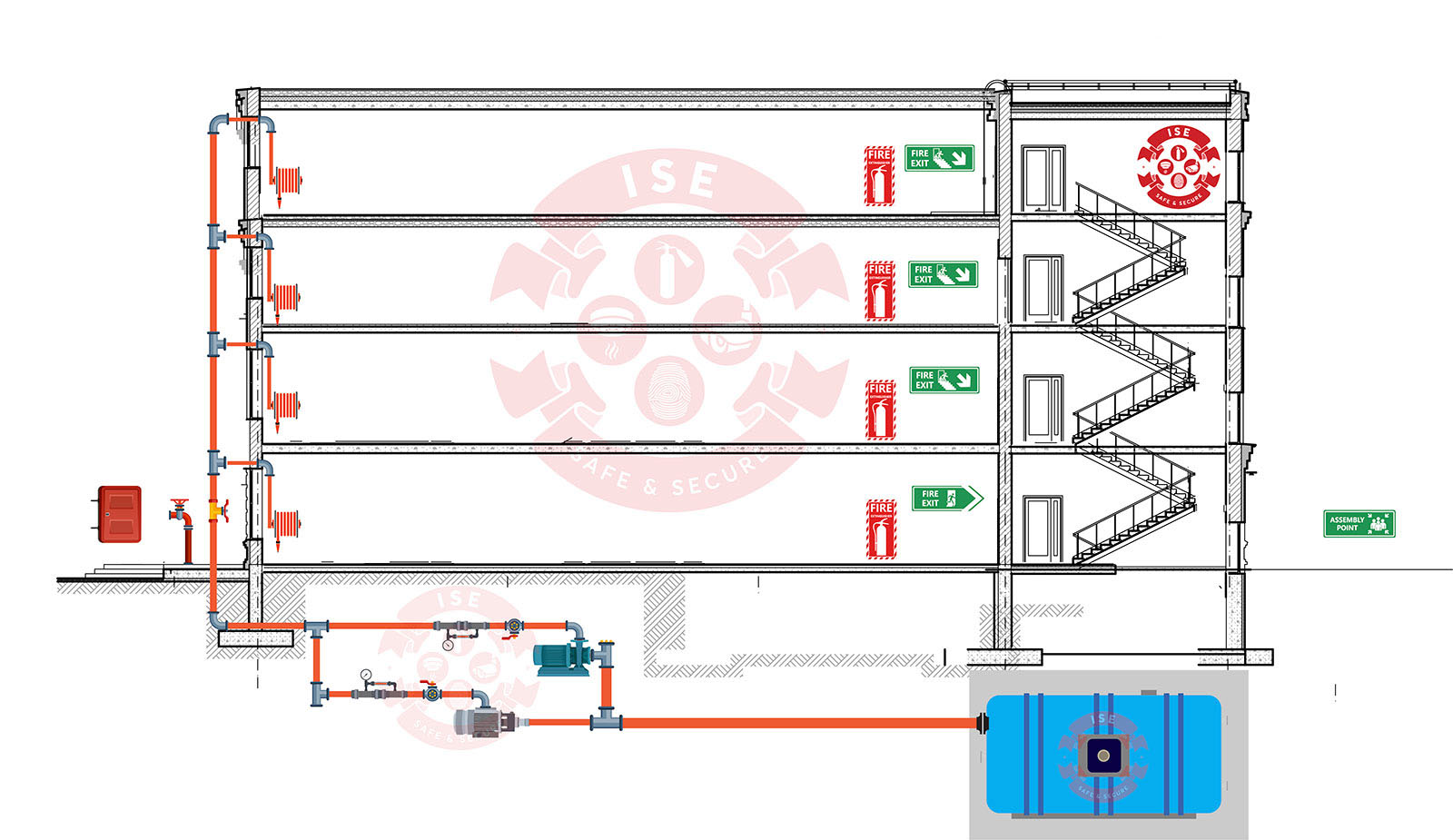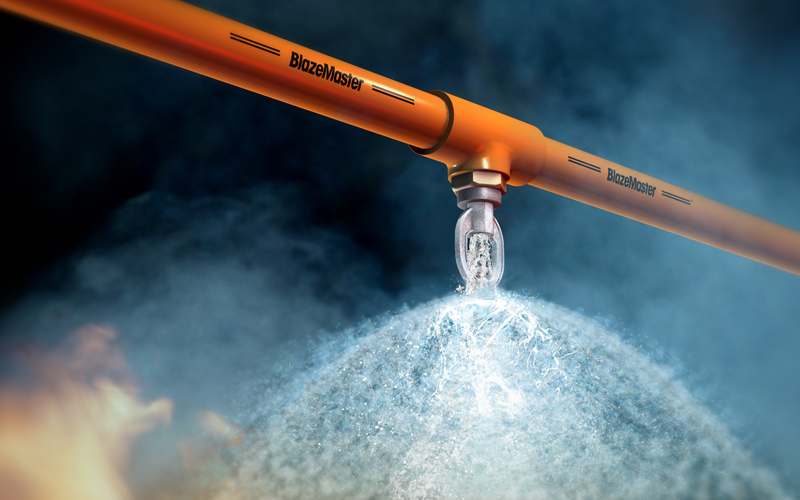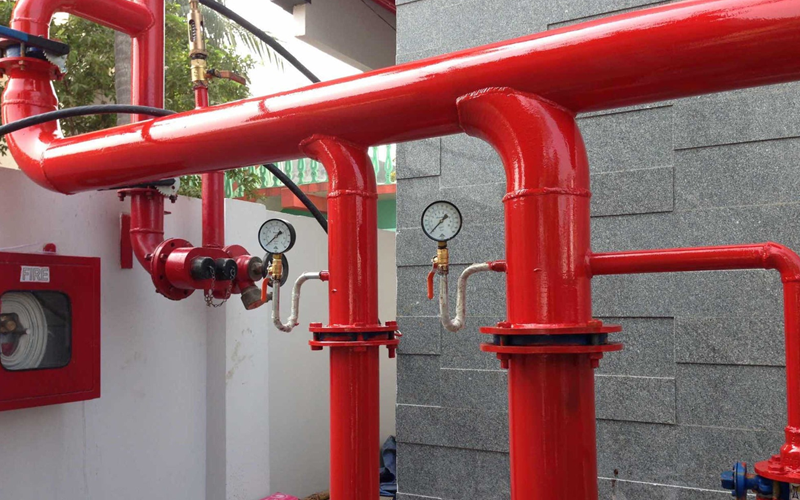
Designing:
Design refers to the process of DESIGNING systems and equipment to prevent, control, and extinguish fires in buildings, structures, and other facilities. It is a critical aspect of building safety and involves careful consideration of many factors, including building layout, materials used in construction, fire hazards, and the available fire protection systems.
Fire Hazards Analysis: The first step in designing firefighting systems is to conduct a thorough analysis of potential fire hazards in the building or facility.
Building Codes and Standards: The design of firefighting systems must comply with local, state, national building fire codes and safety standards.
Sprinkler Systems: Sprinkler systems are one of the most common fire protection systems and can be designed to suit a variety of building types and occupancies.
Fire Alarm Systems: Fire alarms are an essential part of any firefighting design. They alert occupants to the presence of a fire and give them time to evacuate the building.
Fire Stairwells and Exits: Fire stairwells and exits are an essential part of firefighting design and must be designed to provide safe egress for occupants in the event of a fire.
The final step in firefighting design is to document the system design, including as-built drawings and specifications, and to test the system to ensure it is working correctly.
The design of firefighting systems is a complex process, that requires the expertise of trained and experienced professionals. We have experience designing Engineer, an effective firefighting design can help to minimize the risk of fire, protect lives and property, and ensure the safety of building occupants.

Engineering:
ENGINEERING refers to the application of science and technology to prevent, control, and extinguish fires. It encompasses various aspects such as fire prevention, fire protection systems, fire suppression systems, fire safety management, and fire investigation.
Fire prevention includes measures taken to reduce the likelihood of a fire occurring in the first place, such as fire-resistant building construction, proper storage of flammable materials, and regular maintenance of fire protection systems.
Fire protection systems are designed to detect and suppress fires in their early stages, minimizing damage and protecting life.
Fire safety management involves creating evacuation plans, providing fire safety training, and conducting regular fire drills to ensure that everyone in a building knows how to respond in the event of a fire.
In conclusion, firefighting engineering plays a crucial role in ensuring public safety and protecting property from the devastating effects of fire.

Installation:
INSTALLATION refer to the various components and systems that are used to detect, control, and extinguish fires. These installations include fire hydrant, fire alarms, fire sprinklers, fire suppression systems, fire extinguishers, smoke detectors, and other fire-fighting equipment.
It is important to ensure that firefighting installations are properly designed, installed, and maintained in order to be effective in the event of a fire. Regular maintenance and testing of firefighting equipment should be performed to ensure that it is in good working condition and ready to use in an emergency.

Consultancy:
CONSULTANCY refers to the specialized service provided by experts in the field of fire safety and fire protection. We here for consultancy services like fire N.O.C work, factory license work, offer advice, guidance and support to individuals, businesses, and organizations in order to ensure that their facilities, equipment, and personnel are prepared for the event of a fire and to reduce the risk of fire-related incidents.
Fire Prevention Planning: Consultants help organizations develop fire prevention plans that outline the procedures and processes for responding to a fire, including evacuation plans, firefighting equipment placement and fire drill procedures.
Fire Risk Assessment: Consultants perform fire risk assessments to identify potential fire hazards and to recommend measures to minimize those risks.
Fire Training: Consultants offer fire training programs for employees, including fire awareness training, fire extinguisher training, and evacuation procedures training.
Fire Investigation: Consultants may be called upon to investigate the cause of a fire and to provide recommendations to prevent similar incidents from occurring in the future.
Emergency Response Planning: Consultants help organizations develop emergency response plans to ensure a coordinated and effective response to a fire or other emergency.
Overall, firefighting consultancy plays a crucial role in ensuring the safety and well-being of individuals, employees, and organizations in the event of a fire.
